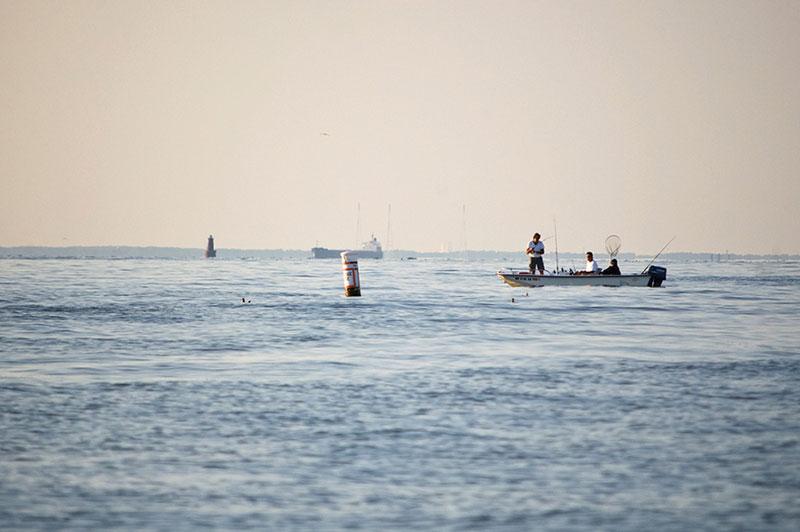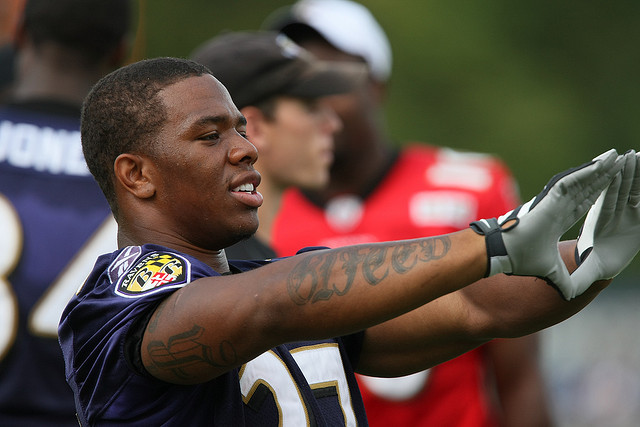By Tom Horton
For Bay Journal News Service
Saving the Bay is obviously about improving water quality, but equally tricky is the business of managing how much seafood we extract from that water. From crabs and other shellfish to finfish, modern technologies enable harvest pressure that could overwhelm the healthiest estuary. So, we need rules — and moderation.
Opposing that is the boom-and-bust nature of estuaries like the Chesapeake. Subject to the whims of ocean on one end and 40-odd rivers on the other, to environmental conditions driven by capricious winds as much as predictable tides; seafood abundance is always up and down, here and gone, not all at the same time or on knowable schedules. So, for watermen, “get it while you can” is reasonably ingrained as essential to their livelihood.
Managing these opposing forces makes life terribly interesting.
No one has navigated this part of the Bay restoration puzzle longer, or with more skill and sensibility than scientist Bill Goldsborough, who retired late last year from a career with the Chesapeake Bay Foundation that spanned five decades.
The ‘wisdom’ of ‘experts’
He reminded me that as recently as the 1990s, serious experts around the Chesapeake still maintained “you can’t overfish crabs.” The same “wisdom” prevailed for rockfish until the mid-1980s, when scientists finally made the case that the species’ population was close to going off the cliff.
A moratorium in Maryland and severe restrictions coastwide helped to bring back the rockfish. “That put us on track to acknowledge officially that [the] harvest really did affect [fish] resources,” Goldsborough said. “People would laugh now if you said it didn’t.”
That reminded him of a time in the 1980s when a high-level Maryland shellfish manager laughed in his face when he suggested oysters left in the Bay might be as valuable as those harvested.
Educating on the role of oysters
Since then, Goldsborough and the CBF can take a lot of credit for educating people about the ecosystem values of oysters’ filtering pollution and providing habitat in the reefs they build when left undisturbed.
Oyster management has moved away from only supporting harvests, to creating sanctuaries, as well as boosting aquaculture to take pressure off wild harvests.
Goldsborough lamented that Maryland’s governor, Larry Hogan, does not seem to understand that oysters need absolute sanctuaries to perform their ecosystem services well. Harvesting necessarily breaks apart their natural reef structure and cuts short their potential to seed areas outside the sanctuaries as they release floating larvae.
He said that Hogan’s support for watermen who fought a bill that ultimately passed last year’s legislature was discouraging. “It was to simply do what we’ve done for every other Bay fishery,” he said. “A stock assessment [to count how many oysters there are]. Just standard management.”
Progress on crabs, menhaden
Still, Goldsborough said he’s seen mostly progress toward a sustainably harvested Chesapeake. Blue crabs have joined rockfish in becoming managed in ways that seem to be working for fishermen and for the Bay.
Menhaden, important commercially for oil and crab bait — as well as forage for other species from loons to rockfish — are finally under a harvest quota. The quota needs work, and the bait needs of crabbers need higher priority, Goldsborough said. “But I’m pretty confident we’re going to get that done.”
Even with oysters, there’s now a strong public constituency for sanctuaries, as well as a nonprofit Oyster Recovery Partnership that helps restore oysters Baywide.
Lagging still is the American shad, which once thronged Bay rivers to spawn each spring. “We have shut down fishing for them in the Bay and rivers [and] near-shore ocean,” Goldsborough said. “But too many are still caught farther offshore, and too many dams block their spawning runs. We need to stop calling hydropower green and start removing dams.”
I’ll miss Goldy, who’s retiring to Florida. I met him in 1978 in his first job for the CBF as an educator on Smith Island — “two of the best years of my life,” he said. A decade later, I did the same job, three of the best years of my life. Like Goldsborough, I befriended many watermen there, and like him, I experienced some anguishing times when my stands on fishing issues clashed with theirs.
In 1991, the two of us called for an oyster moratorium in a book I wrote for the CBF. We were forewarned we’d have our heads handed to us, and we pretty much did.
“But it began a needed dialogue about the importance of oysters to the Bay,” Goldsborough said.
I’m hoping we can rendezvous sometime back on Smith Island, where we’ll keep the dialogue safely on cakes — crab and eight-layer chocolate.
Tom Horton has written about Chesapeake Bay for more than 40 years, including eight books. He lives in Salisbury, where he is also a professor of Environmental Studies at Salisbury University.







Recent Comments